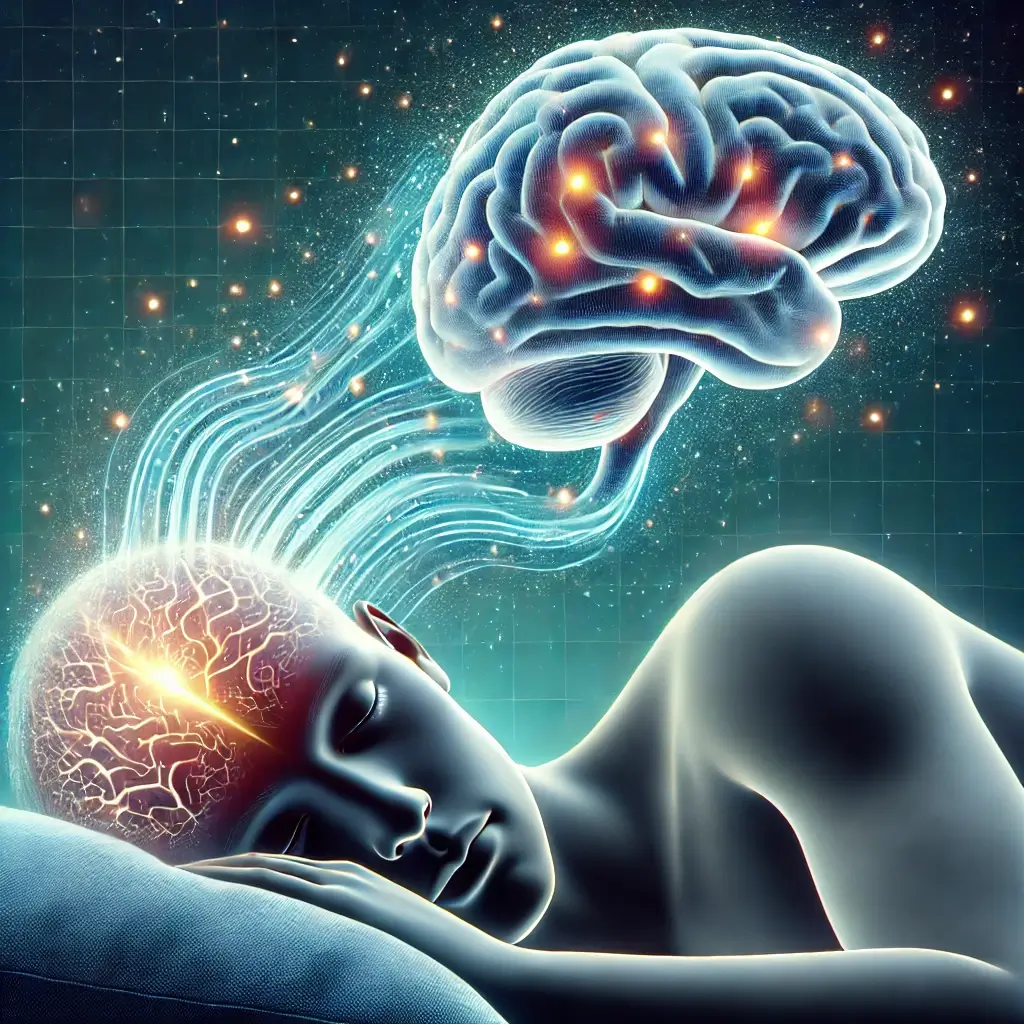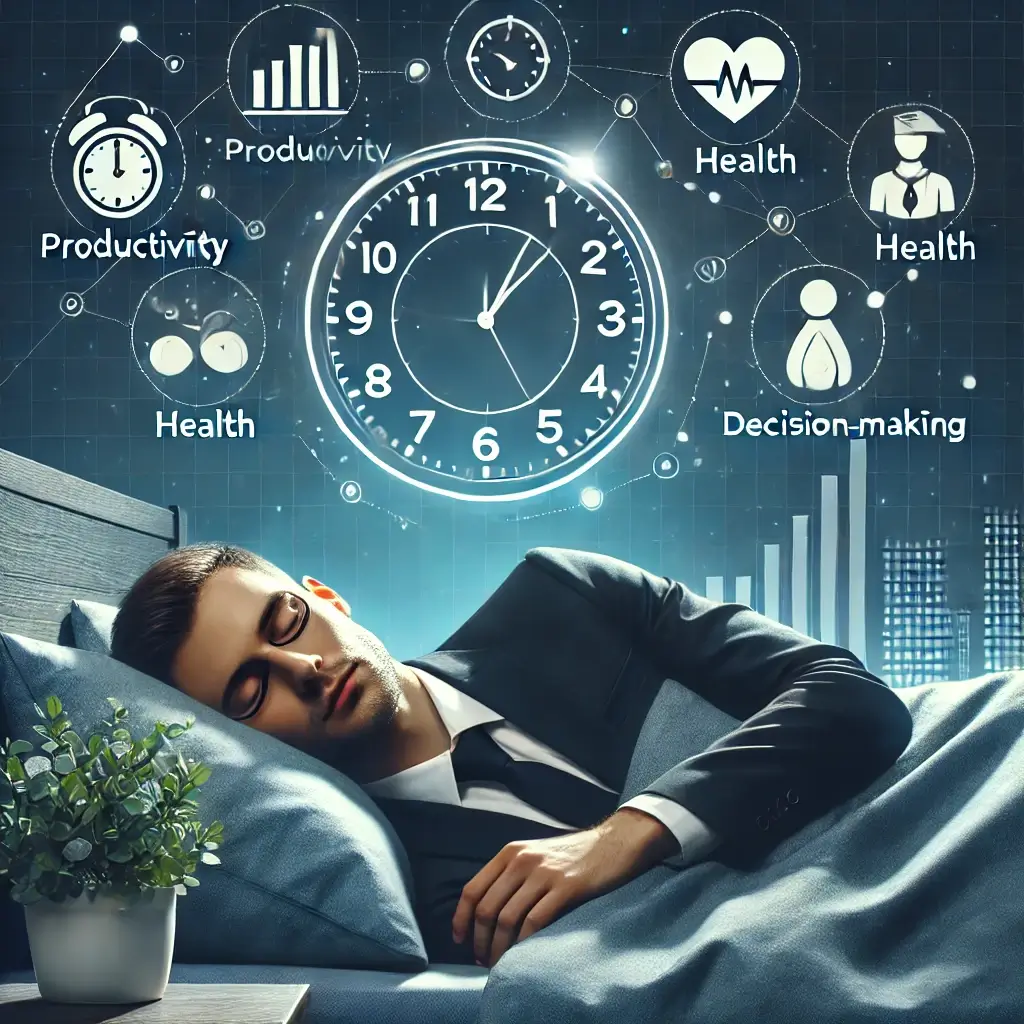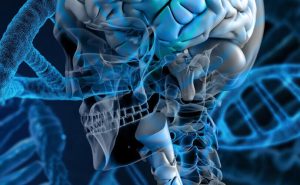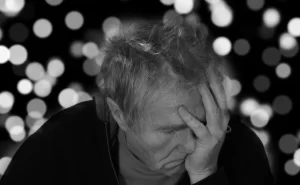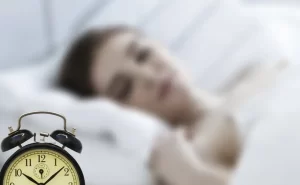The Science Behind Hypersomnia: Causes, Symptoms, and Evidence-Based Treatment Options
Understanding the Core Symptoms
Overextension during the day (EDS) is a defining feature of the sleep disorder hypersomnia. Individuals diagnosed with hypersomnia may experience daylong fatigue despite having slept a complete night. Additionally, they might experience difficulty remaining conscious throughout the day, notwithstanding their participation in pleasurable activities.
Types of Hypersomnia Disorders
Multiple subtypes of hypersomnia exist, such as:
Primary hypersomnia, which is devoid of any underlying medical cause, is the most prevalent form of hypersomnia.
It is believed that a combination of genetic and environmental factors contribute to idiopathic hypersomnia, which is not associated with any other underlying medical condition.
Chronic neurological disorder characterized by hypnagogic hallucinations, excessive daytime drowsiness, cataplexy, and sleep paralysis, narcolepsy is a chronic condition.
Periods of excessive drowsiness that persist for days or weeks are the defining feature of recurrent hypersomnia.
Related Sleep Disorders
Sleep apnea is a sleep disorder distinguished by episodes of cessation of respiratory activity throughout the night. Sleep apnea is associated with excessive daytime drowsiness.
Shift work sleep disorder is a sleep disorder that manifests in individuals who are required to work non-traditional 9-to-5 schedules. A sleep disorder associated with shift work may result in excessive daytime drowsiness.
Delay in the body’s natural sleep-wake cycle is the defining characteristic of delayed sleep phase disorder. Individuals who have delayed sleep phase disorder typically fall asleep and awaken later than the general population.
An advance in the natural sleep-wake cycle of the organism is a defining characteristic of advanced sleep phase disorder. Individuals who have advanced sleep phase disorder typically fall asleep and awaken earlier than the general population.
Causes and Contributing Factors
Although the precise etiology of hypersomnia remains unknown, theory suggests that it arises from a complex interplay of genetic predisposition and environmental influences. The following are examples of factors that might contribute to hypersomnia:
A subset of individuals has a genetic predisposition to developing hypersomnia.
Certain medical conditions, including chronic pain, anxiety, and depression, are also capable of inducing hypersomnia.
Certain medications, including antidepressants and antihistamines, have the potential to induce hypersomnia.
Lifestyle Factors and Management
Inadequate sleep habits, tension, and insufficient physical activity are all examples of lifestyle factors that may contribute to hypersomnia.
While a definitive remedy for hypersomnia remains elusive, symptomatic management remedies are available. Molecular therapy, behavioral modifications, and pharmaceutical interventions are common therapeutic approaches for hypersomnia.
Lifestyle Modifications for Symptom Management
The following modifications to one’s lifestyle may aid in the management of hypersomnia symptoms:
Engaging in consistent physical activity has the potential to enhance sleep quality and mitigate EDS.
Consistently going to bed and rising up at the same time each day can assist in regulating the sleep-wake cycle of the body.
Avoid consuming caffeine and alcohol, as both substances can cause sleep disturbances.
Establishing a calming twilight routine can assist in priming the body for the sleep-inducing state of mind.
Ensuring that the dormitory is cool, silent, and dark: These circumstances are optimal for slumber.
Medical Treatments and Medications
Included among the medications used to treat hypersomnia are:
As a stimulant medication, modafinil (Provigil) aids in the reduction of EDS.
A medication that aids in the reduction of EDS and cataplexy is sodium oxybate (Xyrem).
Atomoxetine (Strattera) promotes wakefulness and is a pharmaceutical agent containing atomoxetine.
Behavioral therapy can assist hypersomniacs in symptom management through instruction on how to deal with EDS and other symptoms.
Final Advice
Seeing a physician for diagnosis and treatment is crucial if you suspect you may be suffering from hypersomnia.
I sincerely hope that you find this information to be beneficial. Could you kindly inform me if you have any further inquiries?


